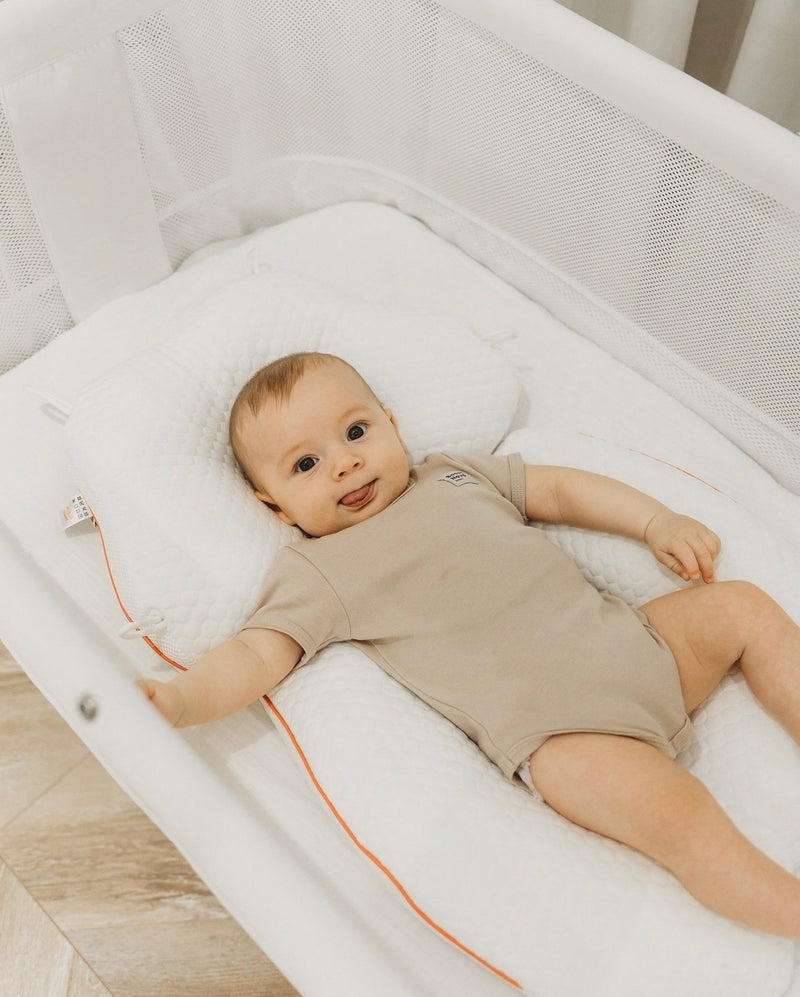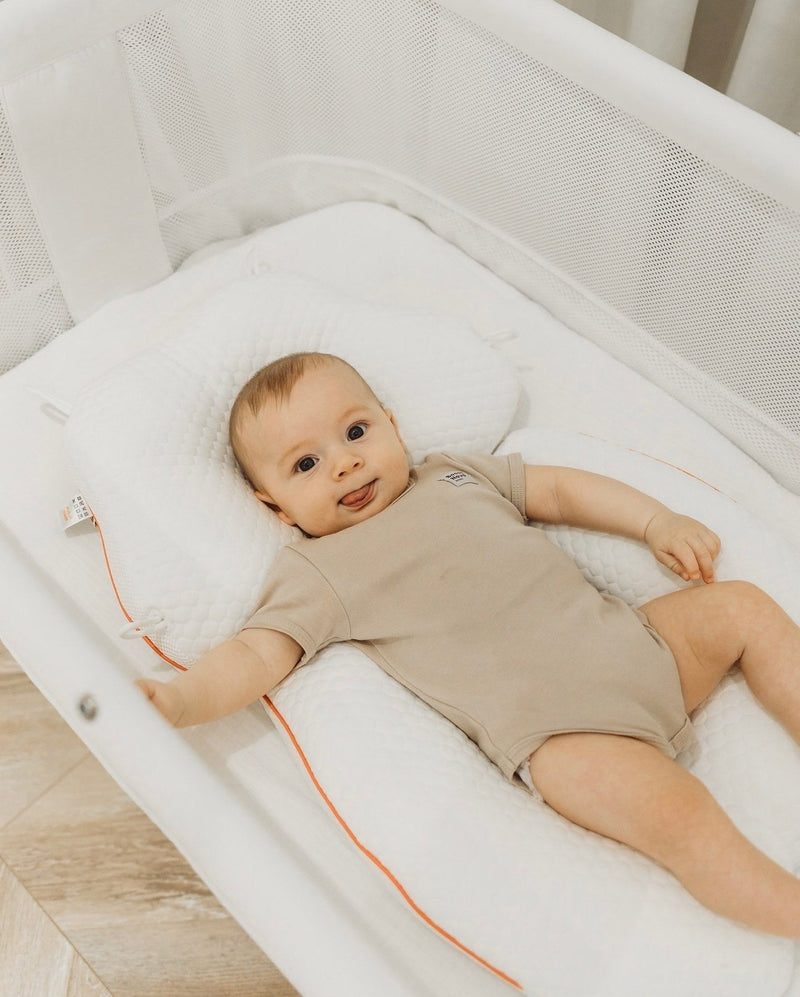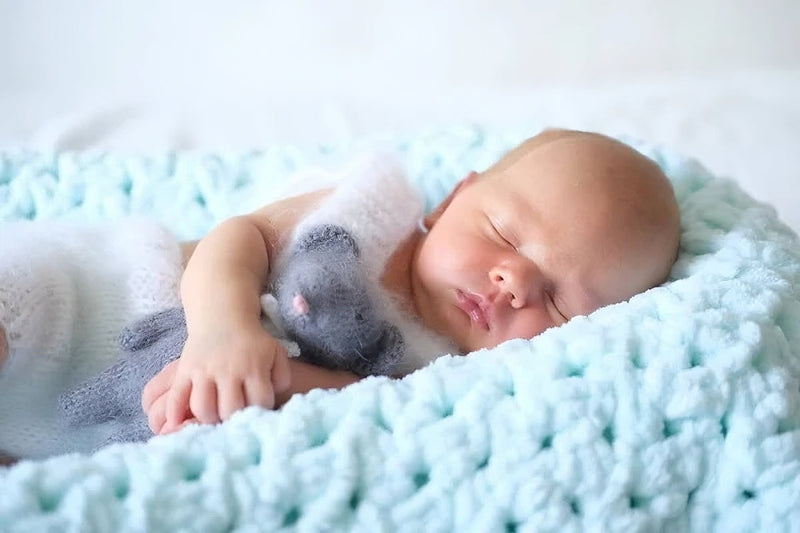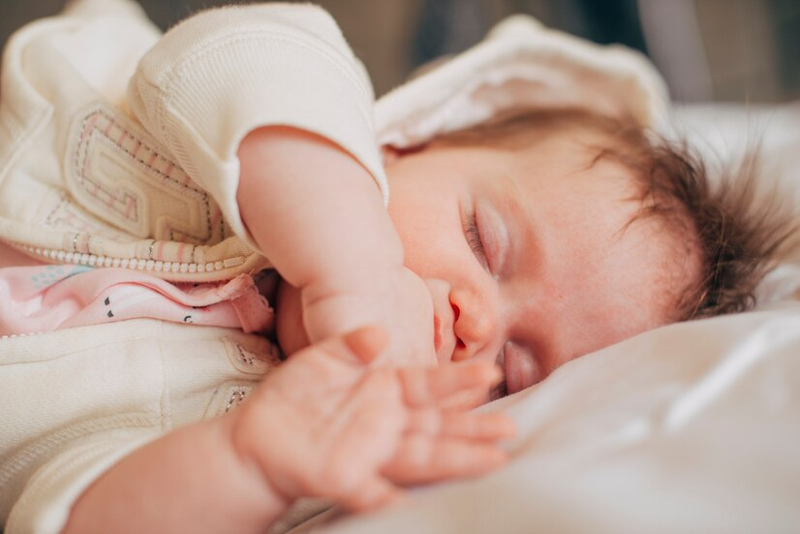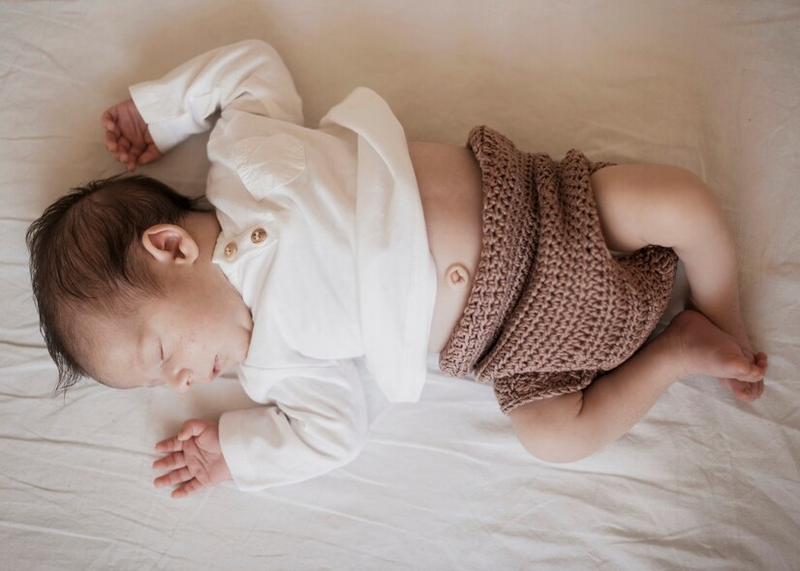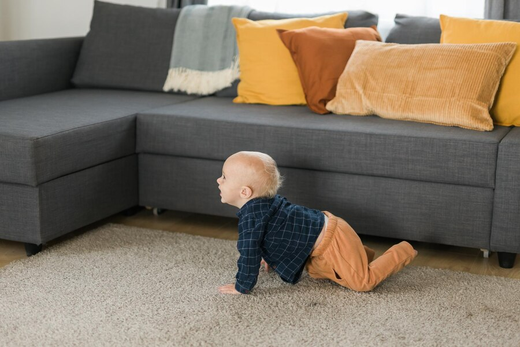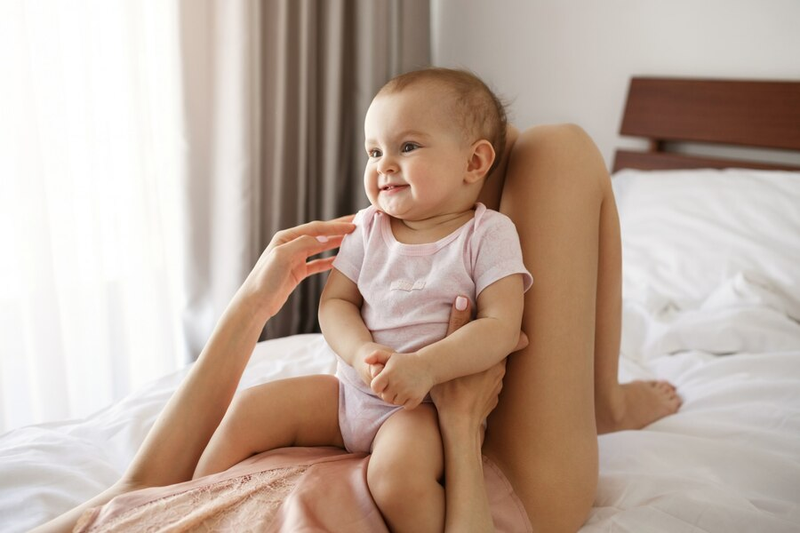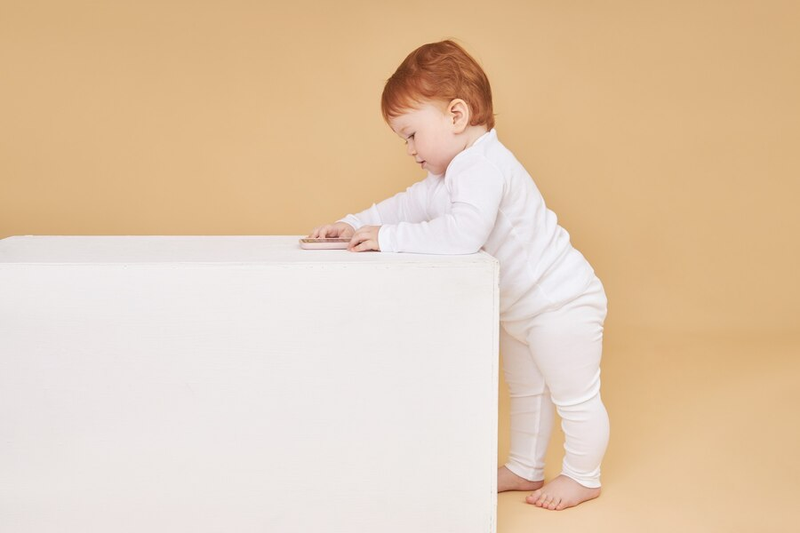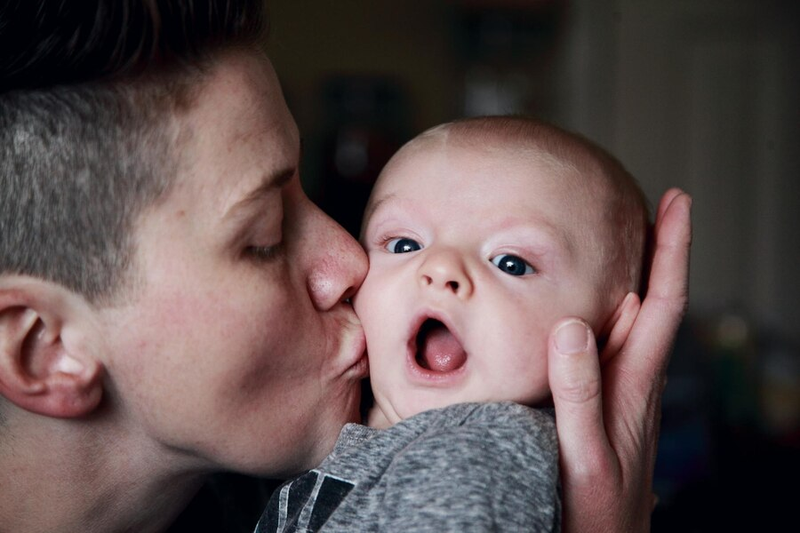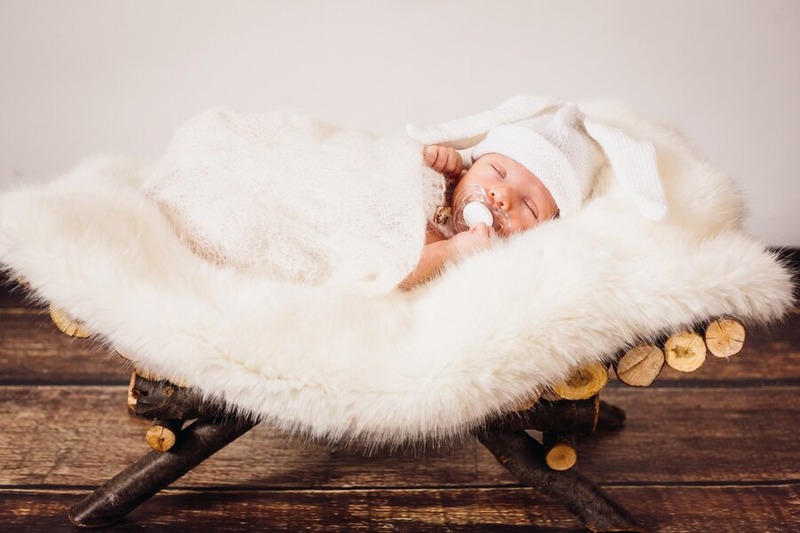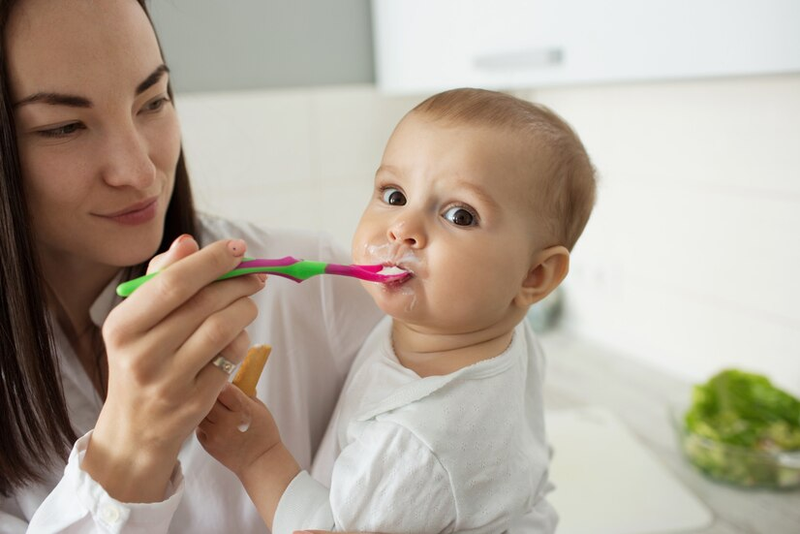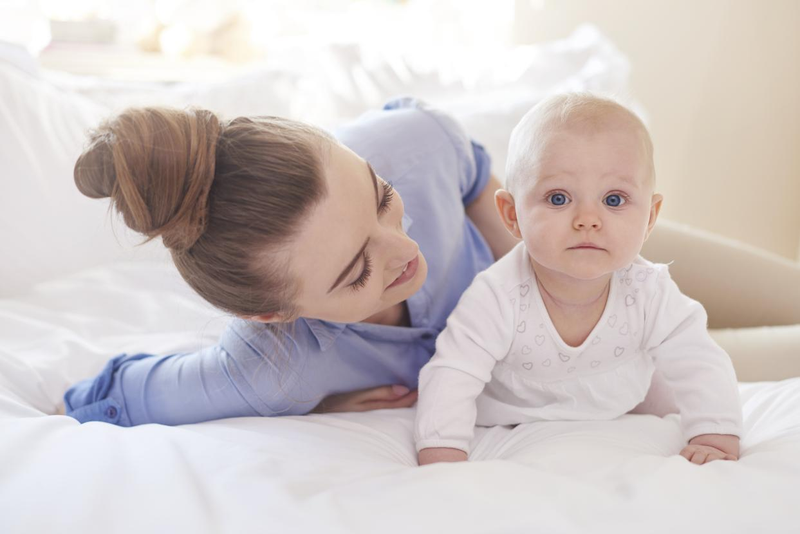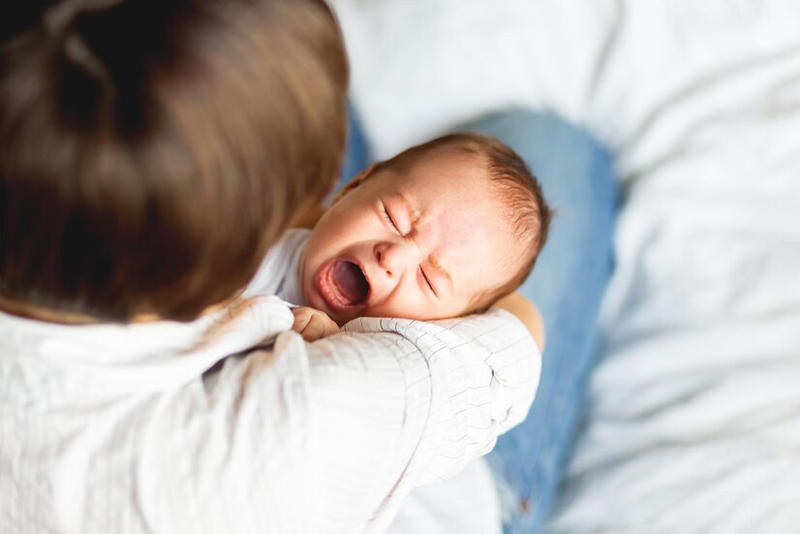
Are Bassinets Safe? Important Safety Guidelines for Rolling Babies and Suffocation Prevention
Welcoming a new baby into your family comes with countless decisions, especially concerning sleep safety. For many parents, bassinets provide an ideal sleep solution for newborns. However, as your baby grows and develops, questions naturally arise: Are bassinets safe? What about when your baby starts rolling over? Is there a risk of suffocation from the sides of a bassinet? This comprehensive guide addresses these critical safety concerns to help you make informed decisions for your baby's sleep environment. Are Bassinets Safe? Understanding the Facts Bassinets can be completely safe sleep environments when properly designed, certified, and used according to manufacturer guidelines. The American Academy of Pediatrics (AAP) recognizes bassinets as appropriate sleep spaces for infants when they meet current safety standards. Safety Standards and Certifications Modern baby bassinets must comply with strict safety regulations, including: ASTM F2194: The mandatory safety standard for bassinets and cradles in the United States CPSC certification: Ensures compliance with Consumer Product Safety Commission requirements JPMA certification: An additional voluntary certification from the Juvenile Products Manufacturers Association These standards address critical safety factors such as: Stability requirements Side height measurements Mattress fit specifications Suffocation hazard prevention Weight limit guidelines Key Safety Features in Modern Bassinets Today's well-designed bassinets incorporate multiple safety features: Breathable mesh sides: Allow for proper airflow and visibility Firm, flat sleeping surface: Supports proper infant sleep positioning Sturdy base: Prevents tipping or collapsing Proper mattress fit: Eliminates dangerous gaps where a baby could become entrapped Locking mechanisms: Secure the bassinet in place when stationary When considering safety, quality bassinets from reputable manufacturers like Maydolly undergo rigorous testing to ensure they provide a safe sleep environment for infants. Can a Baby Suffocate on the Side of a Bassinet? This concern is understandable, particularly for anxious new parents. Let's examine the specific risks and how modern bassinets address them. Understanding Suffocation Risks Suffocation in bassinets can potentially occur in several ways: Side compression: If a baby's face presses against a padded, non-breathable side wall Entrapment: If gaps exist between the mattress and bassinet sides Soft bedding: When additional items like blankets or pillows are added to the sleep space How Modern Bassinets Minimize These Risks Contemporary bassinet design has evolved specifically to address these concerns: Mesh Side Panels: Many current bassinets feature breathable mesh sides that allow continuous airflow, even if a baby rolls against them. This design represents a significant improvement over older bassinet models with solid, fabric-covered sides. Proper Mattress Fit: Safety regulations now require bassinet mattresses to fit snugly without gaps that could trap a baby's head or body. Appropriate Firmness: Bassinet mattresses must be firm, not soft or cushiony, to reduce suffocation risks. Can Baby Sleep in Bassinet if Rolling Over? This question represents a critical transition point for bassinet use. Here's what parents need to know. When Rolling Becomes a Safety Concern Most bassinet manufacturers and pediatricians recommend transitioning away from bassinet use when your baby shows signs of rolling over or increased mobility. This typically occurs between 4-6 months of age, though it varies for every baby. Signs that your baby has outgrown their bassinet include: Rolling from back to side or stomach Pushing up on hands and knees Sitting up with support Approaching the weight limit (typically 15-20 pounds) Appearing cramped in the bassinet space The Science Behind the Recommendation When babies begin to roll, they gain new movement abilities but lack the motor skills and awareness to reposition themselves if they roll into an unsafe position against the bassinet side. While the risk is minimal with properly designed mesh-sided bassinets, the combination of increased mobility and the relatively small sleep space creates potential hazards. Safe Transition Options When your baby begins rolling, it's time to consider transitioning to: A full-sized crib: Provides more space and is designed for mobile infants A play yard with firm sleeping surface: Offers a larger, contained sleep space A floor bed: Following Montessori principles for some families Temporary Safety Measures If your baby has just started showing signs of rolling and you're not quite ready to transition, some temporary measures can help (though transitioning soon remains the safest option): More vigilant monitoring: Checking frequently or using a baby monitor with video Ensuring the bassinet is at its lowest height setting: To minimize fall risk if they manage to roll out Strictly following safe sleep guidelines: No pillows, blankets, or positioning devices Safe Sleep Practices: Beyond the Bassinet Regardless of whether your baby sleeps in a bassinet, crib, or other sleep space, following these essential safe sleep practices significantly reduces risks: The ABCs of Safe Sleep A = Alone: No sharing sleep surfaces with adults, other children, or pets B = Back: Always place baby on their back to sleep C = Crib/Bassinet/Cradle: Use a properly certified sleep space with a firm mattress Additional Safe Sleep Guidelines Keep the sleep space bare: No pillows, blankets, stuffed animals, or bumper pads Use a sleep sack instead of loose blankets if extra warmth is needed Maintain proper room temperature: 68-72°F (20-22°C) is ideal, preventing overheating Avoid sleep positioners or wedges: These products have not been proven safe Room-sharing without bed-sharing: Keep baby's sleep space in your room for at least the first 6 months Choosing the Safest Bassinet for Your Baby When selecting a bassinet, prioritize these safety features: Essential Safety Features Sturdy, stable base: Prevents tipping when baby moves Breathable mesh sides: Allows airflow and visibility Firm, flat sleeping surface: Supports proper positioning Proper certification: Meets all current safety standards Appropriate size: Spacious enough but not too large for a newborn Clear weight limits and usage guidelines: Follow these strictly Advantageous Additional Features Adjustable height: Allows positioning at your bed level for safer nighttime access Lockable wheels: Provides mobility with security when stationary Machine-washable fabrics: Maintains cleanliness for a healthy sleep environment Bassinet Alternatives and Transitions If you're concerned about bassinet safety or looking for alternatives as your baby grows, consider these options: Safe Alternatives to Bassinets Mini-cribs: Smaller than standard cribs but larger than bassinets Play yards with bassinet attachments: Versatile options that grow with baby Bedside sleepers: Attach to adult beds for easy access while maintaining separate sleep spaces Standard cribs: Can be used from birth if space permits When to Contact Your Pediatrician Consult your child's doctor if you have: Specific concerns about your baby's sleep positioning Questions about developmental readiness for sleep transitions Worries about unusual sleep patterns or behaviors The Evolution of Bassinet Technology: Smart Solutions for Today's Parents Modern bassinet design has advanced significantly, incorporating technology that enhances both safety and convenience. The latest generation of electric bassinets offers innovative features while maintaining rigorous safety standards. Leading this evolution is technology that responds to baby's needs. For instance, the Maydolly 506 Smart Electric Cradle represents the cutting edge of bassinet innovation, featuring automatic cry detection that responds to your baby's sounds with gentle motion and soothing sounds. This ultra-intelligent, breathable bassinet is specifically designed to provide the safest possible sleep environment. With advanced patented technology, it monitors your baby and responds appropriately, helping to soothe them back to sleep without parental intervention—a feature exhausted parents particularly appreciate. Safety hasn't been compromised for these smart features. Independent testing by accredited laboratories confirms that properly designed smart bassinets present no serious suffocation risks compared to other leading products. The breathable mesh walls provide unhindered airflow and visibility, while the dual-layer quilted cover is both comfortable and fully machine washable. The practical design includes adjustable height levels to match your bed height, multiple rocking modes with five gentle speeds, and soothing built-in music options. With the largest sleep surface among similar products (40.2" x 24"), this smart bassinet accommodates growing babies longer, though still following the guidelines to transition once rolling begins. For parents weighing the options between traditional and smart bassinets, these technological advances offer compelling benefits without compromising on the core safety principles that remain paramount for infant sleep. Supplemental Products for Diaper Changes and Care Beyond sleep solutions, safe baby care includes proper changing stations. Baby changing tables provide ergonomic, secure spaces for diaper changes and other care routines, complementing your nursery setup with the same commitment to safety and practicality. Conclusion: Making Informed Decisions for Your Baby's Sleep Safety Bassinets can provide a safe, convenient sleep space for newborns when: They meet current safety standards Are used according to manufacturer guidelines Are retired when your baby shows signs of increased mobility The question "are bassinets safe?" can confidently be answered: Yes, when properly designed and used appropriately for your baby's developmental stage. Understanding when to transition away from a bassinet as your baby grows—particularly when rolling begins—is just as important as selecting a safe model initially. By remaining attentive to your baby's developmental milestones and consistently following safe sleep guidelines, you can provide a secure sleep environment throughout infancy. Whether you choose a traditional bassinet, a technologically advanced smart bassinet, or another safe sleep solution, your informed vigilance is the most important factor in keeping your baby safe during sleep. Remember, the safest sleep environment combines the right products with consistent adherence to established safety practices. With proper knowledge and appropriate equipment, you can rest easier knowing you're creating the safest possible sleep environment for your precious little one.

